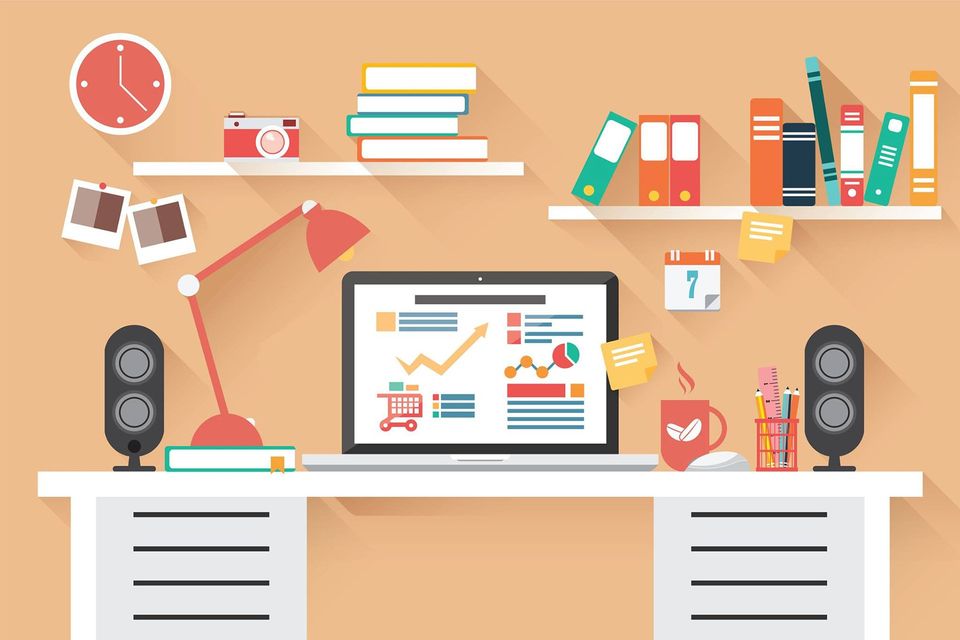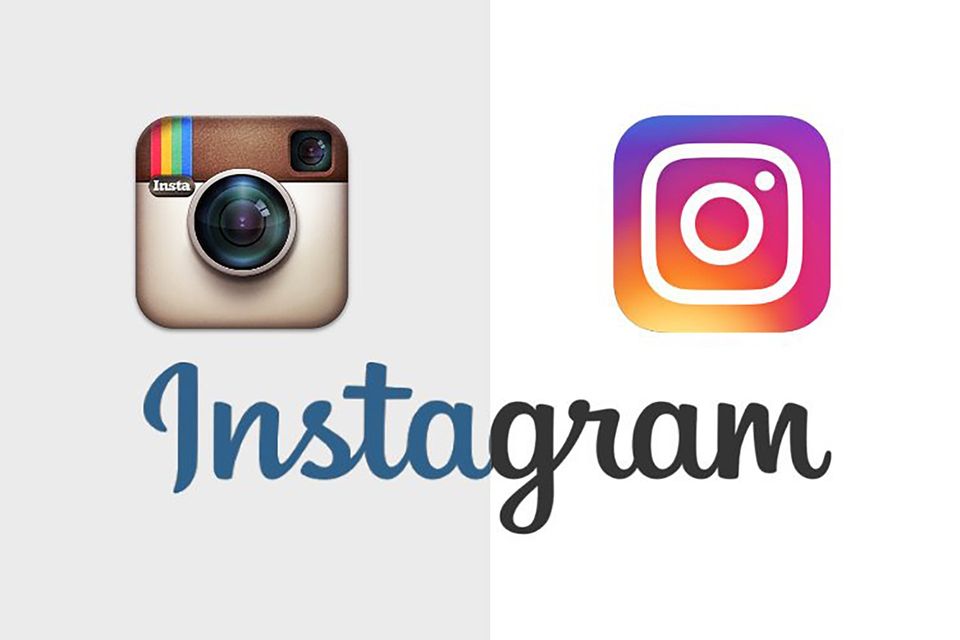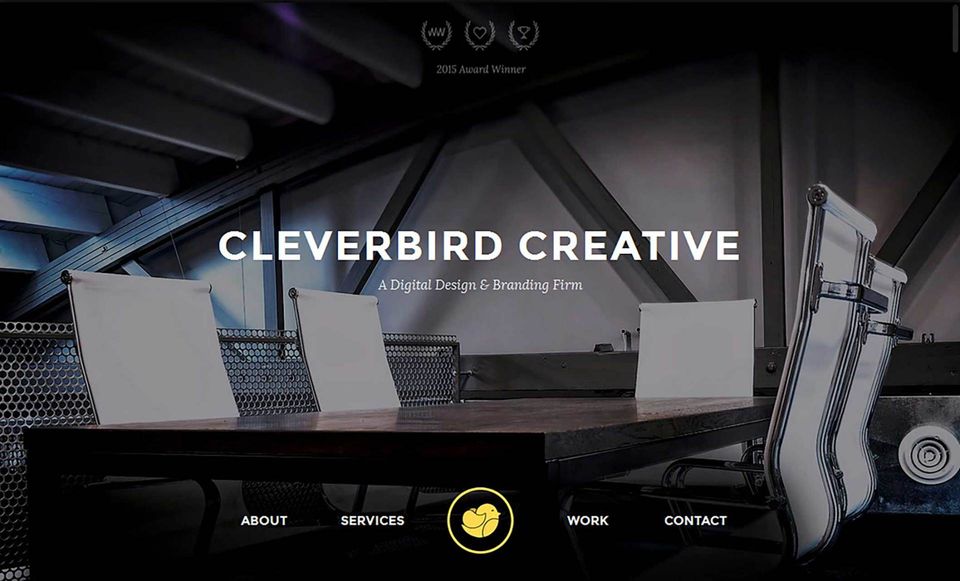Flat design: what's next
Website Editor • February 26, 2020
What’s next after flat design?
If you don’t recognize the term flat design, you’re almost certainly familiar with it in all but name. It denotes the simplistic, classical design
that has become all but ubiquitous in modern UI design - a bright, clean aesthetic that favours a minimalistic style by flattening icons and imbuing them with bold, solid colours. The design is intended to cut out clutter and distraction while allowing users to perceive and comprehend icons more quickly. Windows 8 tiles were one of the first prominent examples of this, and the style was quickly popularized
by Apple and Google.

Hero images
are also becoming increasingly popular in website design. These are full screen, high quality photos, usually with large text superimposed over the image. While retaining a clean, simplistic style the website can communicate something extra about the brand’s identity. This kind of website means that information isn’t top loaded - instead users scroll down for more information, often accompanied by more glossy imagery. As mobile users are accustomed to ‘the long scroll’, this feels like an experience rather than a slog.
Another suggestion of the future of UI proposes that the next step is not the refinement of UI experience but instead the continuous reduction of UI. With products becoming more intuitive they can contextually appropriate choices for the consumer, deciding for you what’s relevant and presenting it in a condensed form (think wearable watches). By pursuing ‘calm technology’, or the reduction of intrusions by user interface, perhaps the future of UI is the device itself making much of the choices for you without your intervention.
Flat design, evidently, isn’t going away anytime soon given its popularity. However, it looks likely to evolve, incorporating remnants of old UI styles. Plus, with new and dynamic ways to interact with our technology, it will be interesting to see how flat design will adapt.
Articles

The United Nations has described the disruption to education caused by the pandemic as ‘unparalleled’. At the virus’ worldwide peak in April, it is estimated that over 90% of all enrolled learners, from kindergarten to bachelors and beyond, had their education affected by school closures and the pandemic (UNESCO). For many university students and older children, they have had to adapt quickly to online learning. They can keep in touch with their peers and teachers online and continue their studies, albeit in a highly modified way. As challenging as this may be, this experience will help equip them for a future that is increasingly online. For parents of younger children, they are assuming a new role: their child’s home school teacher. This is in addition to their usual childcare and household duties, their work responsibilities and often emotional and financial worries caused by the pandemic. Stressful? Yes. The good, and somewhat surprising, news? The experts advise that you don’t teach your children - at least not in the way you might expect.

If the recent outbreak of Covid-19 has taught us anything, it's that many adults do not wash their hands effectively. It has never been more important that we support our children to develop good personal hygiene to keep themselves and our families safe. This seemingly easy task can be very difficult for children with fine motor skill difficulties. In this article, we explore some ideas to support your child with hand washing.

Lockdown has brought the digital future into the now. Online shopping, entertainment, education and more have moved from the periphery to the mainstream to, in many cases, the only option. With the necessity of social distancing looking to continue for many months, it appears that this rapid digital revolution is here to stay. This means that life as we know it, in most of its sectors, has changed forever. In order to survive, businesses are having to adapt rapidly, embrace technology and look to the future. Architecture is no exception. There has been a widespread adoption of technology and VR over the past few months in response to the lockdown across all of society. Elderly grandparents who were once resistant to adopt new technologies talk of “Zooming” and have started video chatting with their family members to combat loneliness. Art galleries that were once considered stuffy or pretentious are now pioneers in VR technology, with Google Art & Culture offering tours of London’s National Gallery or the Musee D’Orsay in Paris. These virtual tours deliver art in a dynamic new way that can be far more engaging than regular photos. Critics have applauded the panoramic and immersive views of gallery building and exhibitions which work well for rendering of 2 dimensional art, however impressions of sculpture is somewhat lacklustre. With VR technology, users can enjoy a truly immersive experience in the comforts, and safety, of their own home. The COVID-19 pandemic has served as an accelerant for the arts and entertainment industries to embrace VR.





